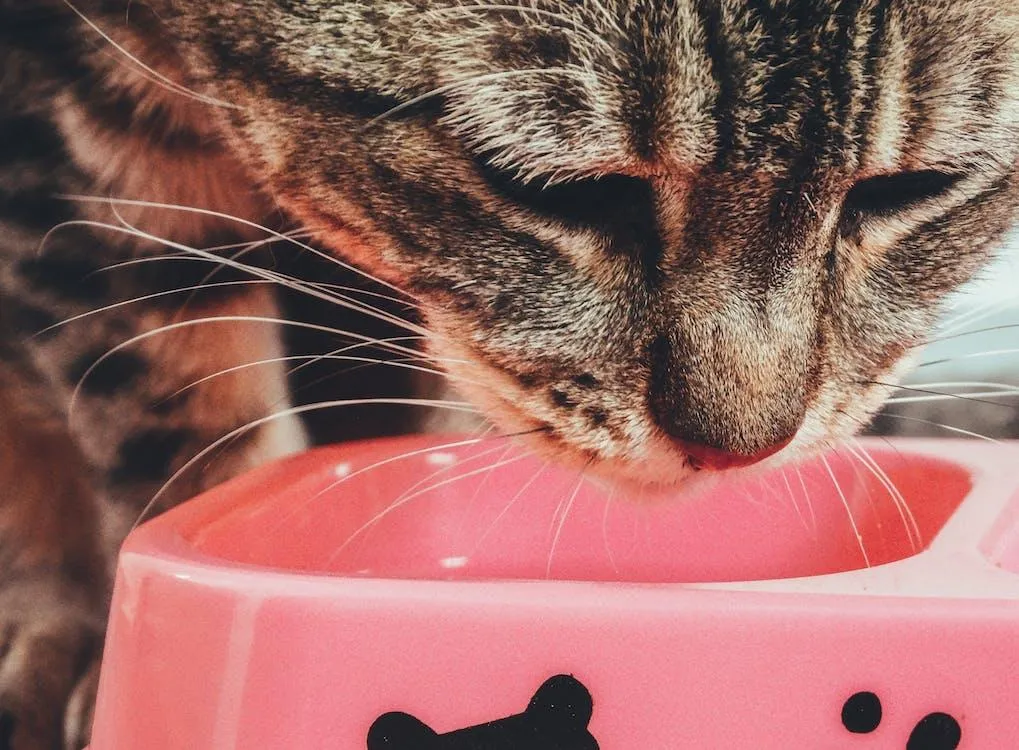

Food Allergies
Cats are known for their finicky eating habits, but what happens when your feline friend develops an adverse reaction to their food?
Food allergies in cats can be a challenging and concerning issue for pet owners. Understanding the causes, symptoms, and management of food allergies is crucial to ensure your cat's well-being.
Understanding Food Allergies in Cats:
A food allergy in cats occurs when their immune system mistakenly identifies a particular ingredient in their diet as harmful. This triggers an immune response, leading to various allergic reactions. It's important to note that food allergies are different from food intolerance. Food intolerance typically involves digestive problems and doesn't involve the immune system.
A cat must have been exposed to a food ingredient before developing an allergy to it. An ingredient a cat has consumed for a long time can still cause an allergy at some point in the cat's life.
Common Allergens in Cat Food:
Protein sources: The most common allergenic ingredients in cat food are in fact proteins. Beef, chicken, fish, and dairy products are frequent culprits. However, any protein source can potentially trigger an allergic reaction. It's a matter of finding out which one is responsible.
Grains: While grain allergies are more common in dogs, some cats may be allergic to grains like wheat, corn, or soy found in commercial cat foods. Cats are not naturally meant to eat grains and cereals, so it is best to use grain-free cat foods.
Additives: Artificial additives, preservatives, and food colourings can also lead to allergic reactions in cats.
Signs and Symptoms:
Recognizing the signs of a food allergy in your cat is essential. Symptoms can vary and may not always be immediately obvious. Common symptoms include:
Digestive issues: Vomiting, diarrhea, and excessive gas can be early signs of a food allergy, just as it is with humans.
Skin problems: Itching, excessive scratching, hair loss, and the development of skin rashes or hives are common dermatological symptoms.
Ear infections: Frequent ear infections can be a sign of a food allergy in cats.
Respiratory problems: Cats may exhibit sneezing, coughing, or wheezing as a result of a food allergy.
Behavioural changes: Allergies can cause cats to become irritable, anxious, or lethargic.
Diagnosis:
Diagnosing food allergies in cats can be challenging, as the symptoms can mimic other health issues. Your veterinarian may recommend the following steps:
Elimination diet: Your vet may suggest a special hypoallergenic diet for your cat, containing novel protein and carbohydrate sources. Slowly reintroduce old foods to identify the specific allergen.
Allergy testing: Blood tests and skin tests can help identify allergens, but they may not always be conclusive for food allergies.
Management and Treatment:
Managing food allergies in cats involves identifying and eliminating the allergen from their diet. Here's what you can do:
Consult your veterinarian: Seek professional advice to rule out other potential health issues and receive guidance on managing food allergies.
Dietary changes: Transition your cat to a hypoallergenic or limited-ingredient diet recommended by your vet. Avoid feeding your cat table scraps of human food. Avoid feeding homemade diets without veterinary guidance on their ingredients.
Label reading: Always check the ingredients list on commercial cat food labels to avoid potential allergens.
Patience: It may take some time to identify the specific allergen and find the right diet for your cat.
Food allergies in cats can be a challenging condition to manage, but with the right guidance from your veterinarian and a commitment to monitoring your cat's diet, you can ensure their health and well-being. Always consult with your veterinarian to address any concerns about your cat's diet and to develop a suitable plan for managing food allergies. By being vigilant and proactive, you can help your feline friend live a comfortable and healthy life, free from the discomfort of food allergies.